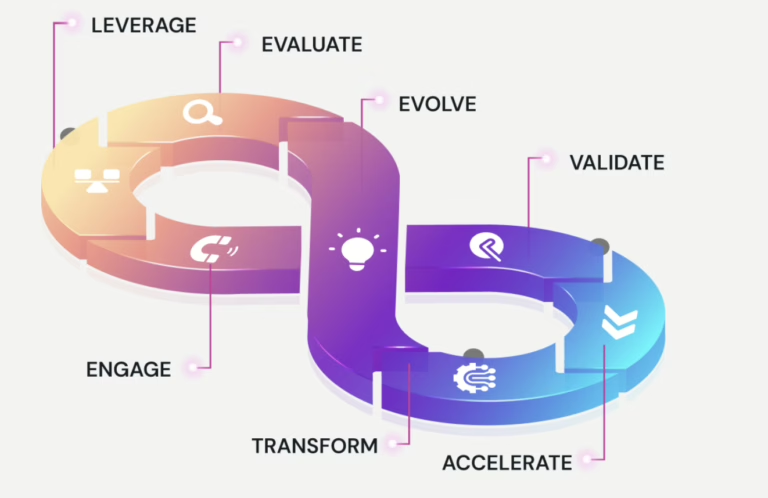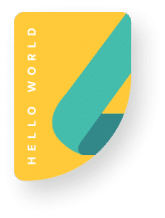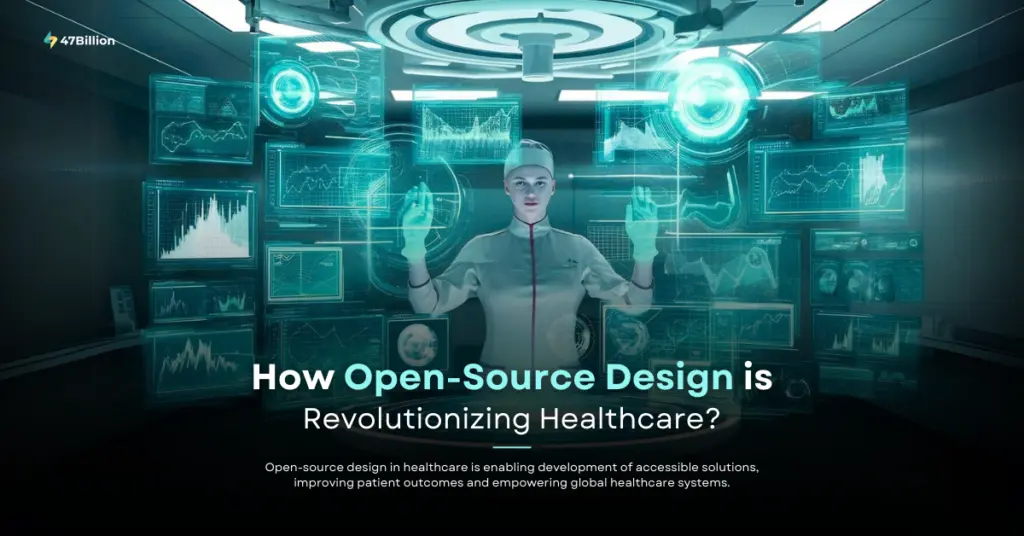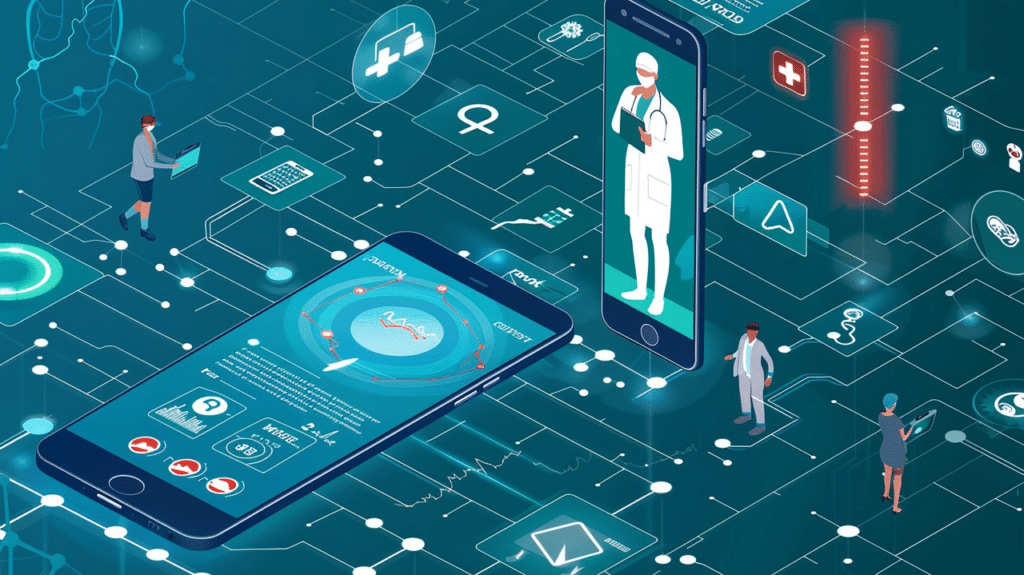In a world where patients are at the focal point of the healthcare ecosystem, it’s crucial for tech companies to rethink how they develop solutions. The demand for transparent, efficient, and accessible healthcare has never been greater.
But how can we make this a reality?
Using open-source health design – a game-changing approach that’s not just transforming healthcare but putting the power back in the hands of both patients and professionals. Imagine a system where corporate barriers don’t confine tools, technologies, and solutions but are open, customizable, and collaborative. That’s what open-source health design offers – a chance to rebuild healthcare on the pillars of trust, openness, innovation, and design.
In this new era, transparency isn’t optional; it’s essential. Patients and healthcare providers alike need to know what’s going on behind the scenes. Collaboration is key—when everyone from doctors to developers can contribute, healthcare solutions become more efficient and inclusive. Most importantly, open-source design puts people at the heart of healthcare, ensuring that the technology created truly serves their needs. So, let’s dive into how open-source health design is changing the game, one innovation at a time.
What is Open-Source Healthcare?
At its core, open-source healthcare is based on the principles of openness, transparency, and collaboration to create innovative solutions in the medical field. Open source means that something—whether it’s software, a design, or a protocol—is publicly available under a license that allows anyone to access, modify, and share it.
While the concept originated in software development, its influence has expanded into many industries, including healthcare.
Open-source healthcare is about moving away from closed, proprietary systems that silo data and limit innovation. It fosters a culture of participation that prioritizes collective progress over individual profit. This approach challenges the territorial and profit-driven norms of traditional healthcare systems, where medical products are often patented, data is locked down, and innovation is hindered by a lack of standardization.
Successful examples of open-source systems already exist in other sectors—finance, transportation, and digital communication—where open standards and collaboration have led to global efficiencies. The Internet itself thrives on open-source protocols and services, enabling seamless communication and innovation. Imagine applying that same spirit to healthcare, where transparency, collaboration, and standardization could lead to better, faster, and more affordable patient care.
However, healthcare has lagged in adopting open-source practices. As Dr. Eric Topol highlights, the lack of open standards and interoperable systems in healthcare has created fragmented and inefficient systems that hinder patient care and innovation. Hospitals, clinics, and individual providers often create their own systems rather than building on proven solutions, perpetuating a “not invented here” mentality.
Open-source healthcare has the potential to break down these silos. By standardizing data and making it universally accessible, it can empower clinicians with comprehensive patient information, improve care coordination, and drive medical advancements.
Open-source healthcare is not just about technology—it’s about building a collective effort to ensure that innovation benefits everyone, everywhere.
Let’s check how it is affecting Healthcare Industry –
1. Trust: Building a Healthcare System that’s Transparent
Trust is the backbone of healthcare, but let’s face it – many of us feel like we’re stumbling through a system that’s hard to understand and even harder to trust. Whether it’s hidden fees, unclear treatment options, or not knowing what’s really going on with our health data, the lack of transparency can make anyone feel uneasy.
Open-source health design brings change in how we build trust in healthcare. By making the tools and systems that power healthcare visible to everyone, it takes away the mystery. Think about using a health app where the code is open for anyone to check. You’d know exactly how your data is being handled, and so would the developers and healthcare professionals. This openness creates accountability, fosters trust, and ensures that patients and providers are on the same page. In a world where transparency is key, open-source health design could be the solution to making healthcare more honest and reliable for all.
2. Openness: Encouraging Collaboration and Accessibility
Open-source design is a game-changer in healthcare. It breaks down barriers—no more expensive licenses, proprietary systems, or geographical limits. Imagine healthcare solutions that anyone, anywhere, can access, modify, and share freely. That’s the power of openness.
Take medical software, for instance. When healthcare professionals worldwide can access the same open-source platform, improvements and bug fixes spread quickly. A developer’s tweak in one country can immediately benefit hospitals halfway around the world. This global collaboration speeds up progress, driving better patient care everywhere.
But that’s not all. Openness also puts patients at the center. By involving them in the design and testing of healthcare tools, the end product is more likely to meet their real needs. Too often, tech is made without considering what patients actually want, which leads to low adoption. Open-source design lets everyone pitch in, ensuring the tools evolve and improve based on real-world feedback.
3. Innovation: Paving the Way for Transformative Solutions
Innovation is where open-source health design really stands out. Healthcare is evolving fast—new diseases, changing medical needs, and tech advancements are constantly reshaping the landscape. While the big players in the industry have the resources to innovate, groundbreaking ideas often come from unexpected places. It’s the smaller teams, passionate individuals, and niche communities that spot problems and pursue creative solutions.
Take AI-powered diagnostic tools, for example. A number of open-source projects are developing technologies that analyze medical images or assist doctors in making better decisions. These initiatives are born from collaborations between healthcare pros, researchers, and developers who might not have otherwise crossed paths. What makes open source so powerful? It removes the limits of money and bureaucracy. Small startups can challenge the giants, and the best ideas rise to the top. With open-source tools accessible to all, innovation happens faster, and better solutions emerge.
4. Design: Creating Seamless, User-Friendly Experiences
In healthcare, user experience (UX) isn’t just about making things look sleek—it’s about creating tools that make life easier for both patients and doctors. Imagine systems that not only work but actually make healthcare simpler, faster, and more effective. That’s where open-source health design comes in.
By involving real patients, caregivers, and healthcare professionals in the design process, open-source health solutions address the needs of those who use them. For example, an electronic health record (EHR) system can save doctors time and make it easier for patients to manage their health.
The beauty of open-source software is that it’s flexible. If something’s not working, developers can quickly fix and update it, creating a constant cycle of improvement. Plus, it ensures accessibility—making tools usable for everyone, including people with disabilities, seniors, and those who may not be tech-savvy. When healthcare works for all, it earns trust.
The Future of Healthcare is Open Source
Open-source health design is no longer a far-off dream; it’s happening right now. From patient management tools to AI-driven diagnostics, we’re already seeing how open-source solutions are making a real impact across healthcare. And guess what? This is just the beginning. The road ahead is all about creating a healthcare system that’s not just more transparent and connected but also patient-centered and efficient.
Looking ahead, open source could be the key to a future where healthcare is accessible, affordable, and truly equitable for everyone. By embracing openness, trust, innovation, and thoughtful design, we can shift the focus from merely treating illness to promoting overall wellness.
In the end, open-source health design is more than a trend. It’s the blueprint for a healthcare system built on collaboration, transparency, and continuous improvement. This is the future we should all be working toward—one where healthcare serves people, not profits. Let’s make that vision a reality and ensure that everyone has access to the care they deserve.







